This exercise targets the soft tissue that runs from behind your knee all the way through the bottom of your foot; specifically your soleus muscle, achilles tendon and plantar fascia.
These three structures are connected. The soleus leads into the achilles tendon and the achilles tendon goes around the heel bone where it leads into the plantar fascia.
If you wear traditional shoes, your feet and ankles are probably tight. And if you wear shoes that also have a raised heel, even just a little heel, then these areas are probably tight and shortened.
The padded heel of most traditional running shoes (if worn a lot) is enough to shorten your calves and achilles tendon.
It's easy to forget that foot and ankle mobility is a prerequisite for whole body health and when something is off balance in the foot, that imbalance is transmitted throughout the rest of the body structure.
Your bones each have their own dependent movement they make with the bones around them. The bones of your feet and ankles are no exception and are an especially important part of your body’s moving puzzle.
In other posts, I’ve talked about the spiral movement the bones of your feet are designed to make with every step you take.
But, your foot spiral isn't the only movement that involves your foot bones. It also interacts with the bones of your ankles, lower leg bones and on up the line.
In particular, there are three bones that operate like gears, winding and unwinding themselves with every step you take. These bones are your navicular bone (which is a foot bone), talus (ankle bone), and calcaneus (heel bone).
Wearing poorly designed shoes can block these foot “gears” and when this blockage becomes chronic, your body will eventually make changes in the way it moves to compensate and keep you on your feet.
Eventually, you'll very likely feel this compensation in the form of pain, dysfunction and loss of mobility in your ankles, knees, hip, SI joint, low back or neck.
“When working optimally, these rhythms (in the bones) direct the forces through the centers of the bones, keeping the joints healthy and the ligaments intact.” -Marie-José Blom
And if you only treat the problem that shows up locally in your knee, hip, low back etc., without unlocking the blocked “gears” where the problem began, you’re just putting a band-aid on the symptom without fixing the cause.
This is a powerful exercise for an area that can be difficult to release and I include it (without the contractions) in my daily morning practice. I add the contractions twice a week.
If you try this exercise at home, I’d love to hear how it goes in the comments below; and remember, no question is too small.
See you in the studio,
Sydney

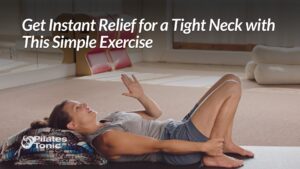
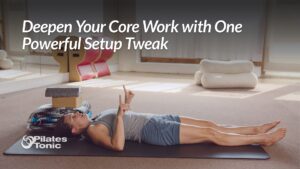
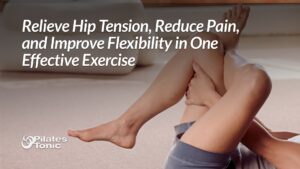
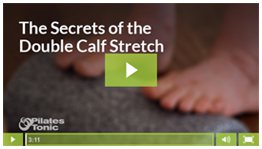

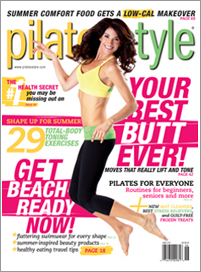
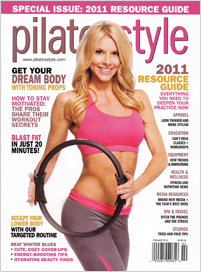
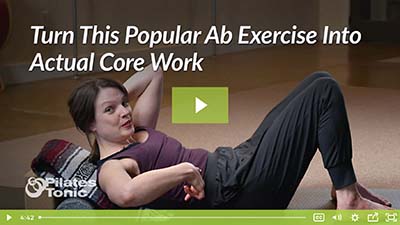
10 Responses
Lovely video, Sydney; definite technical improvements there. Very nice all around, Cheers, KL
Thank you Kit. That means a lot coming from you!
I was so surprised how much I needed this stretch. I have drop foot after spinal fusion surgery and I’m always trying to figure out ways to improve my flexibility after being stationary (other than walking) for about a year. All I can say is “thank-you, thank-you, thank-you” can’t wait to see the effects after doing a few weeks.
Quick question….is this a stretch I can do every day or should I do every other day.
p.s. the hamstring stretch was remarkable also!!!
Hi Karen, I’m so glad you found this stretch and the hamstring stretch helpful! You can do this stretch everyday, but only add the contractions in twice a week.
Thank you for your feedback. 🙂
Thanks Sydney! I will try this a few times a week and get back to you. I agree with Kit, great enhancement with the modification!
Thanks for your feedback Ann. I look forward to hearing how it goes!
I have been doing your previous video for plantar fasciitis and just found this one. This stretch was immediately helpful to me. Still working on all of it, but thank you for putting this information out there. It has been helpful to me,
Hi Lori, I’m thrilled to hear the blog posts have been helpful! Thanks for letting me know!
I’ve been struggling with plantar fasciitis and this seems to be a wonderful stretch to add to my routine. Thank you so very much!
Thanks for sharing your feedback Amy, I’m so glad this was a helpful exercise! 🙂